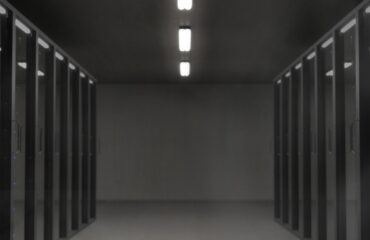Software is an important part of many companies’ operations. However, its correct classification in terms of accounting and tax may raise doubts. When should software be considered an intangible asset, and when is it only an element of a fixed asset? The answer to this question depends on its nature and how it is used.
In practice, there are two basic types of software:
- System software – an integral part of computer hardware or machine,
- Application software – having an independent nature and operating independently of the hardware.
System software that is closely related to the operation of the hardware (e.g. the operating system of a packaging machine) is not a separate intangible asset. In this case, its value is added to the initial value of the fixed asset of which it is a part.
On the other hand, application software that can operate independently and is not permanently assigned to a specific device is classified as an intangible asset.
Pursuant to Article 16b(1)(4) and (5) of the CIT Act, intangible assets are the following acquired from another entity:
- economic copyrights,
- Licenses
- other related rights which meet the following conditions:
- have been acquired by the taxpayer,
- are ready for economic use on the day of acceptance for use,
- their expected useful life exceeds one year,
- are used by the taxpayer for the purposes of its business or put into use on the basis of a licence, lease, rental or other agreement referred to in Article 17a(1) of the CIT Act.
If the software is an integral part of the machine or computer hardware and cannot operate independently, then according to the interpretations of the tax authorities, its value increases the initial value of the fixed asset. This applies m.in to:
- industrial machinery control systems,
- operating systems installed on purchased computer equipment,
- software for managing industrial automation devices.
This approach means that the costs of acquiring this type of software are subject to depreciation together with the entire fixed asset to which they are assigned.
In the case of application software that works independently and is not necessary for the functioning of a specific device, it is considered an intangible asset.
This category includes, m.in:
- licenses for accounting software,
- production management software,
- analytical tools and ERP systems,
- specialized applications for companies.
Pursuant to Article 16f(3) of the CIT Act, intangible assets are subject to depreciation if their initial value exceeds PLN 10,000. In the case of a lower value, the taxpayer may:
- make a one-off depreciation write-off in the month of putting into use or in the following month,
- apply standard depreciation on the terms set out in Articles 16h-16m of the CIT Act.
Correct classification of software in terms of intangible assets requires an analysis of its function and purpose.
- If it is inseparable from the device – its cost is included in the initial value of the fixed asset.
- If it is an independent utility tool – it is classified as an intangible asset.
Compliance with the above rules allows you to avoid errors in accounting and ensures correct tax settlement under CIT.



